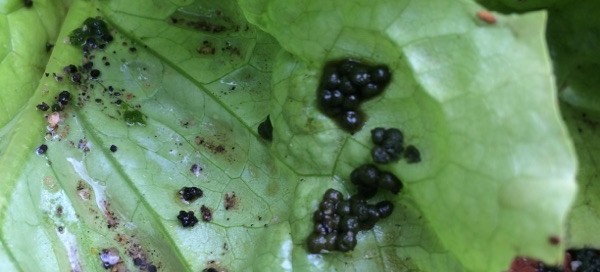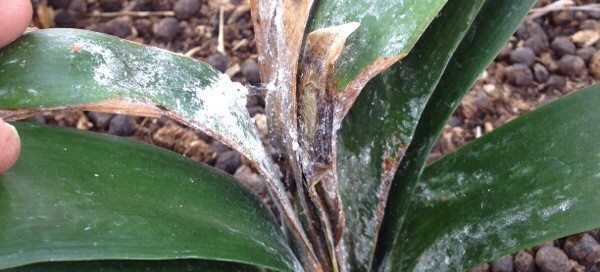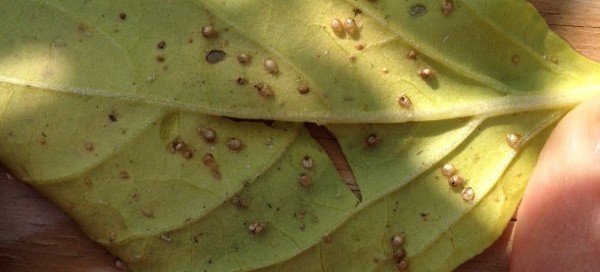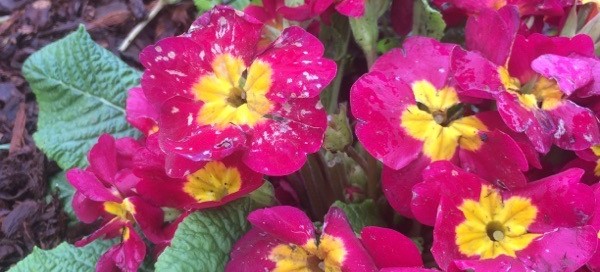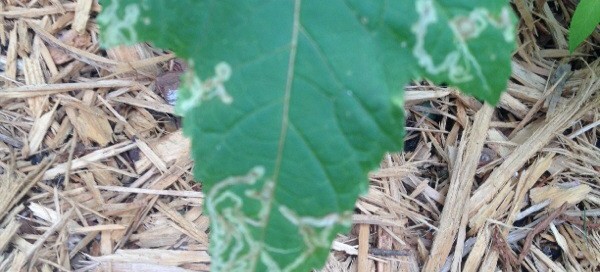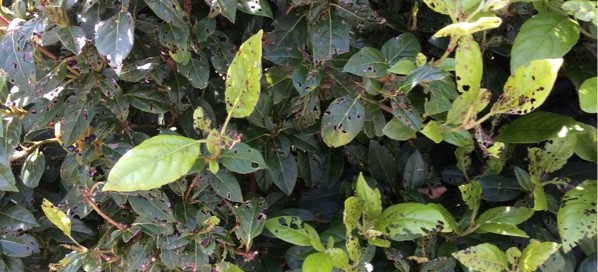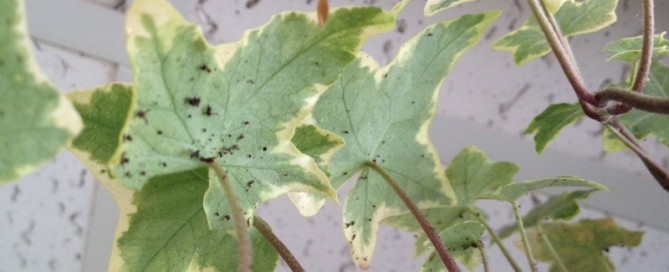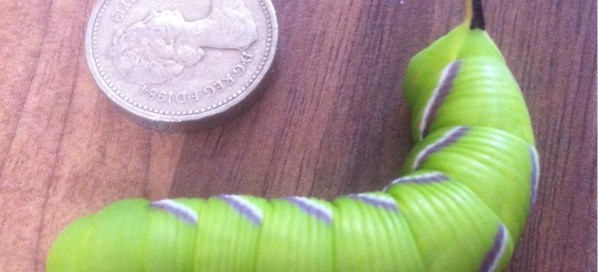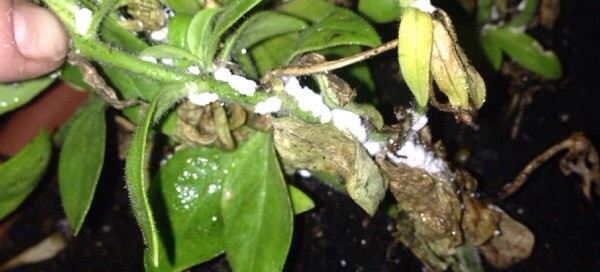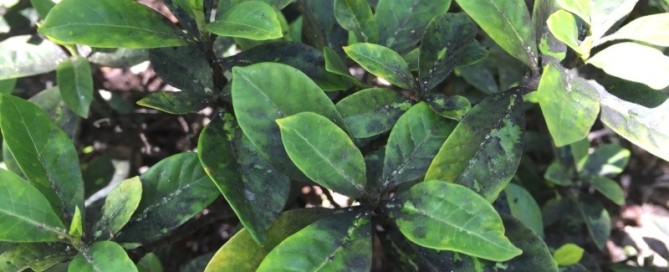Caterpillar Droppings
These appear to be caterpillar droppings. You might want to go over the plant with a fine tooth comb per se. Look on the underside of the leaves also. Some caterpillars take on the color of their surroundings. You should look for more than one as the eggs are often times laid in groups. If they were some type of insect eggs, they would be much more uniform within the group.
If you find any of the critters, remove and dispose of them. It you think that they are still munching on your plants, you might want to try spraying some Bt (follow the directions on the label). It is a bacteria that eats the caterpillar from the inside out and is considered organic. You will be able to find it at your local independent garden center.
